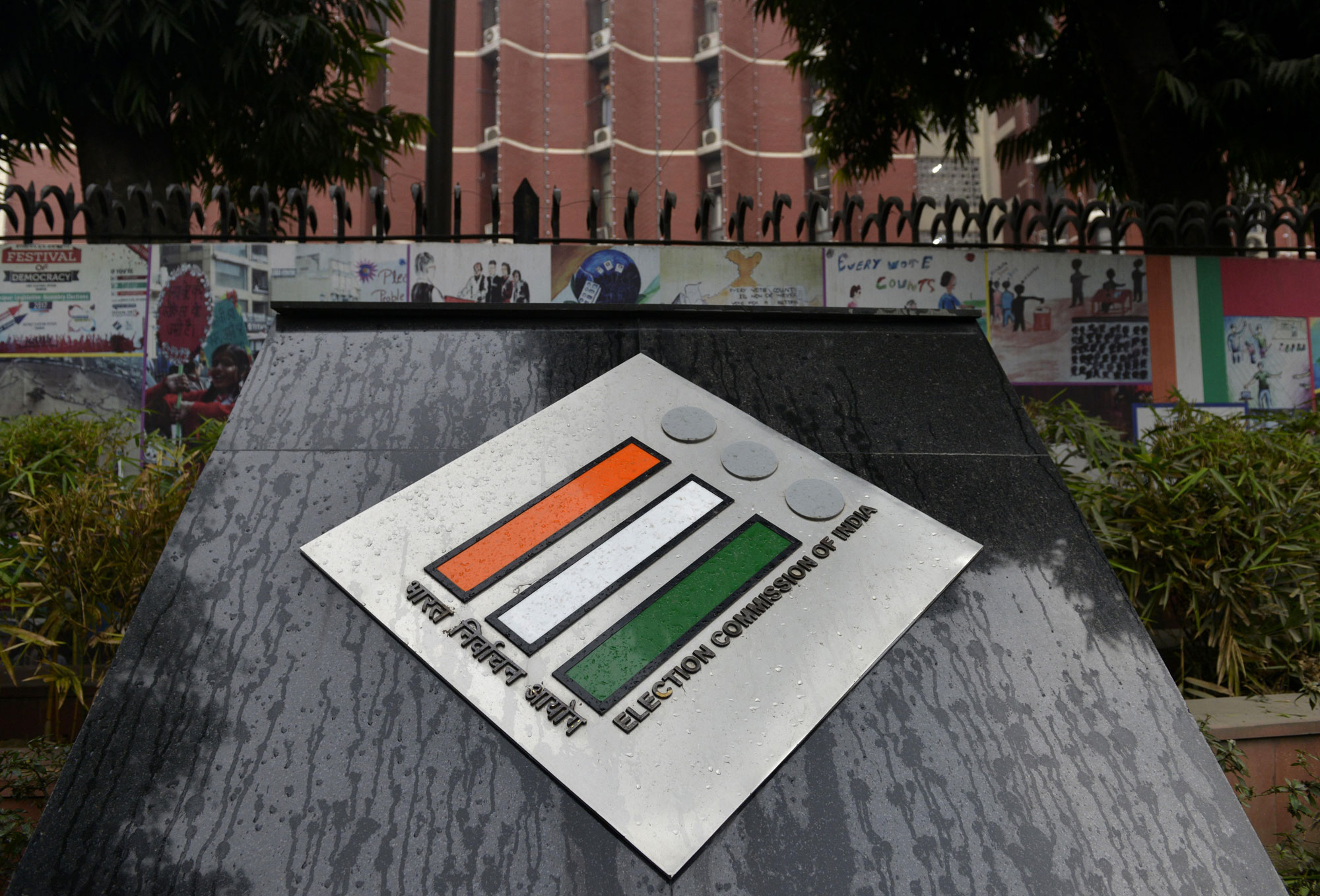The Election Commission told the Supreme Court on Friday that the current practice of matching the votes reflected in a voting machine with a paper audit trail at only one polling station per Assembly constituency was “secure”, with a “confidence level of 99.9936 per cent”.
Therefore, it said in an affidavit, it was not necessary to tally at least 50 per cent of the voter-verifiable paper audit trail (VVPAT) devices, as demanded in a petition filed by 22 Opposition leaders.
While accepting the Opposition plea will only have a “negligible” impact on accuracy, it will delay the counting of votes by eight to nine days, it further argued.

The Telegraph
The Opposition’s fears, though, relate not so much to statistical inaccuracy as to possible voting machine tampering — a charge levelled repeatedly after recent elections.
Counting and the declaration of results are both scheduled for May 23, after the seven-phase general election from April 11 to May 19.
Under this schedule, those who vote in the first phase will have to wait 42 days to learn about the results. It isn’t clear whether anyone would mind waiting another eight to nine days if that meant more confidence in the outcome.
The commission had filed the affidavit after the bench, headed by Chief Justice Ranjan Gogoi, asked it on Monday to explain why the current system was good enough and whether accepting the Opposition plea would cause “any insurmountable difficulty”.
“The confidence and satisfaction on the present rule… is based on the secure design of EVMs (electronic voting machines) and the elaborate procedural safeguards adopted for its usage,” the affidavit said.
“No errors have been found in any of (the) sample verification counts or recounts of VVPAT slips…. Various remedies in law (are) available to voters and candidates in case any errors arise.”
The affidavit said the paper trail had been counted at 1,500 polling stations since the current practice was introduced in May 2017 — some of it during mock polls — “wherein the tally matched completely i.e. no error was detected”.
It said that before the general election, more than 1.6 lakh voting machines would undergo paper trail verification trials, conducted in the presence of representatives of the candidates.
It added that a poll panel-commissioned study by the Indian Statistical Institute, whose report arrived on March 22, “unequivocally finds that adoption of a particular percentage as a sample for VVPAT slip verification is devoid of any scientific logic or statistical basis”.
The report said the sample size — and not the percentage of polling stations adopted for verification — determined the accuracy of the results, the poll panel argued.
“The report recommends that undertaking slip verification for 479 EVMs and VVPATs out of all the 10.35 lakh EVMs and VVPATs to be used in the ensuing elections is sufficient to achieve a confidence level of 99.9936 per cent,” the affidavit said.
Instead, the panel would “undertake slip verification of 4,125 EVMs and VVPATs as a sample taken from one randomly selected polling station per Assembly segment… which is 8.6 times the sample size recommended in the said report”.
So, “any further increase in the sample size of verification will lead to very negligible gain”.
The panel argued that the introduction of voting machines had drastically shortened the counting time and that “6 of a large sample for slip verification” would nullify this gain.
Besides, “any manual count is prone to human errors or deliberate mischief and any large-scale slip verification substantially compounds this likelihood of manual error and mischief”, especially since the “VVPAT slips are substantially smaller than (the) ballot papers that were used (in the past)”.

